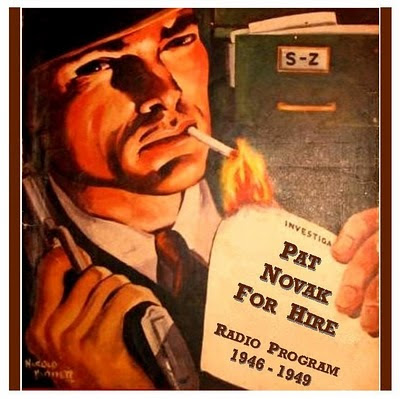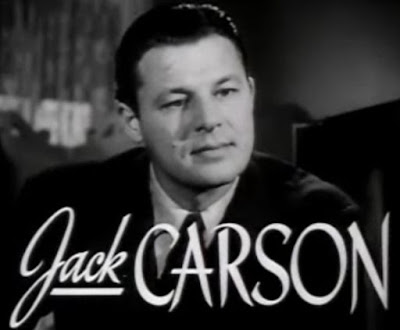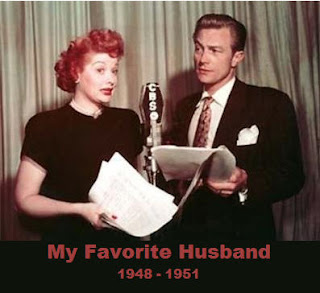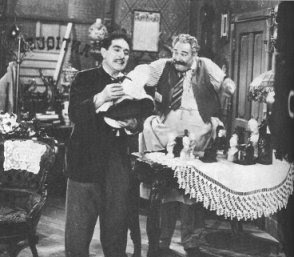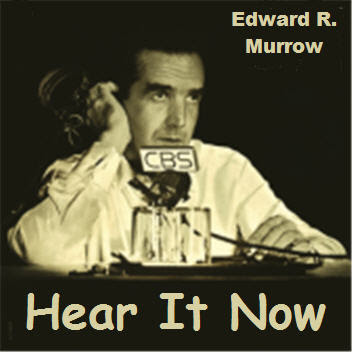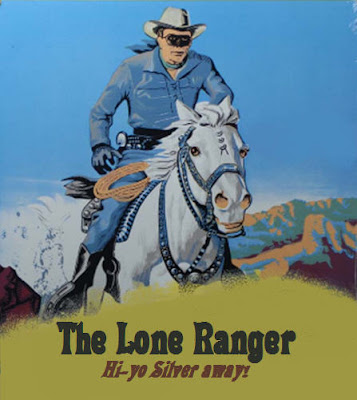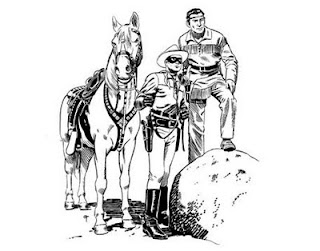10 Cool Gadgets for Your Pet:
Pets are awesome, and sometimes they require a bit more maintainance than we can offer at the moment. Saying that some inventors have created a few cool gadgets that you can use to help you save time and have your pet leaving satisfied.
1. Remote Pet Feeder
This pet feeder runs on and feeds your pet according to your schedule. It also allows you to watch your pet through the Internet while it's enjoying its meal.

2. Canine Treadmill
For those who don't want to walk their dogs, their dogs can now walk themselves, for a price of course. Various sizes are available for different sized pooches.

3. Pet Emergency Evacuation Jacket
This jacket is made of flame-retardant material and comes with a carrying handle with pockets filled with pet necessities (food bowls, muzzles, odor control bags, rain hoods, rain boots, freezer packs, a bell, and a waterproof pet ID). Of course it has emergency tools for you too: granola bars, Band-aids, aromatherapy oil to calm you down, gloves, a radio, and emergency whistle.

4. Puppy Tweets collar
Now you can add your dog to your Twitter followers. This gadget sends Tweets based on an analysis of what your dog is doing (licking, biting, eating, etc.)

5. Cats Attack Scratching Post
Turn your kitten into Catzilla with this city-scape scratching post.

6. Tennis Ball cannon
The name pretty much gives it all away. This toy shoots out tennis balls to your pup, and when it senses that the dog has placed the ball back, it sends another one its way.

7. Dog shower
This shower for your pup has 16 jet-nozzles and an extendable showerhead. It is both practical for you and relaxing for your dog.

8. Pet Peek
The Pet Peek is pretty much a porthole for your fence. It allows your dog to look around without running loose. Necessary? Not at all. But it is kinda cool.

9. Litter Robot
This robot waits seven minutes after your cat leaves the litter box and begins to clean out the clumps of kitty litter. It collects the waste in a small compartment that can be removed and emptied once full.

1
0. Coffee Table Cat Hammock
Just in case your cat can't find another place to curl up, you can purchase a $2,400 coffee table with a built-in cat hammock. It has all the function of an actual coffee table, plus a cozy fabric hammock for your feline friend.


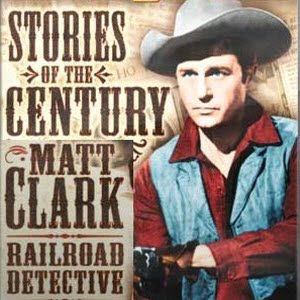
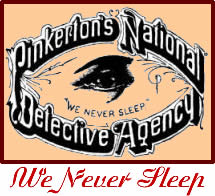


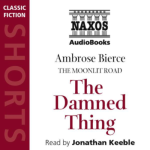
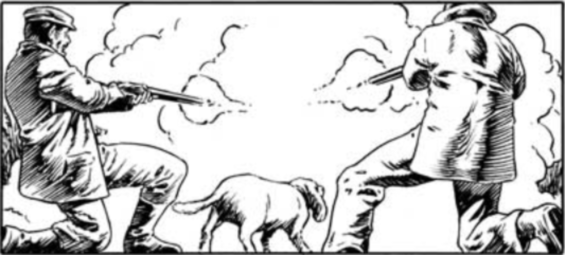
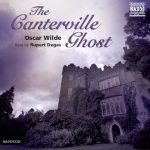 The Canterville Ghost
The Canterville Ghost

